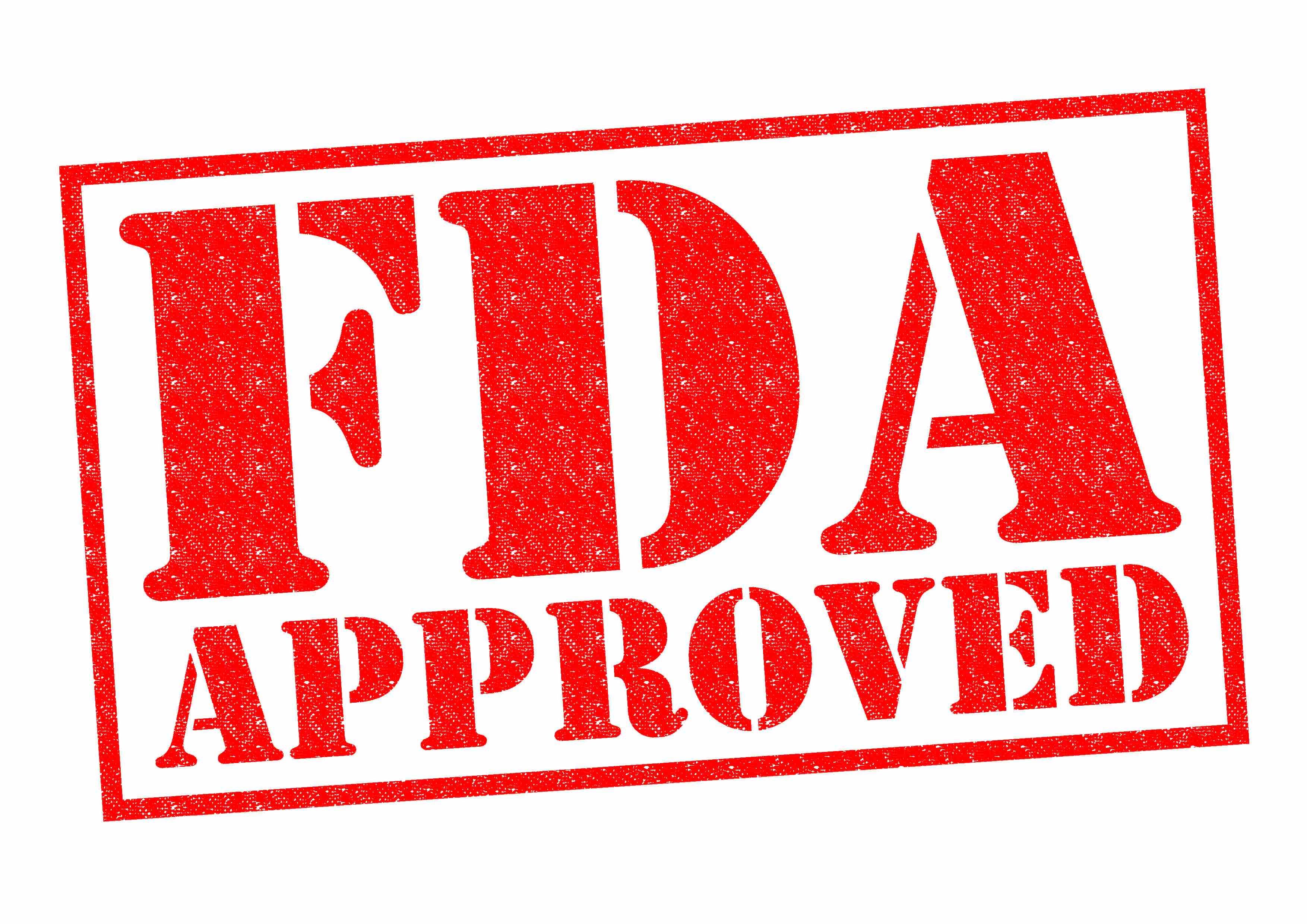News
Article
FDA Approves First-Line Pembrolizumab Plus Chemotherapy for Unresectable HER2–, Gastric/GEJ Adenocarcinoma
Author(s):
The FDA has approved pembrolizumab (Keytruda) in combination with fluoropyrimidine- and platinum-containing chemotherapy for the first-line treatment of adult patients with locally advanced unresectable or metastatic, HER2-negative gastric or gastroesophageal junction adenocarcinoma.
This article was originally published by OncLive®.
FDA Approved | Image credit: chrisdorney - stock.adobe.com

The FDA has approved pembrolizumab (Keytruda) in combination with fluoropyrimidine- and platinum-containing chemotherapy for the first-line treatment of adults with locally advanced unresectable or metastatic, HER2-negative gastric or gastroesophageal junction (GEJ) adenocarcinoma.1
The regulatory decision was supported by data from the phase 3 KEYNOTE-859 trial (NCT03675737), which showed that the addition of pembrolizumab to chemotherapy led to statistically significant improvements in overall survival (OS), progression-free survival (PFS), and overall (ORR).1,2
Findings demonstrated that at a median follow-up of 31.0 months (range, 15.3-46.3), patients treated with the pembrolizumab regimen (n = 790) experienced a median OS of 12.9 months (95% CI, 11.9-14.0) vs 11.5 months (95% CI, 10.6-12.1) for those given chemotherapy alone (n = 789; HR, 0.78; 95% CI, 0.70-0.87; P < .0001). The 12- and 24-month OS rates with the combination were 52.7% and 28.2% vs 46.7% and 18.9% with chemotherapy alone, respectively.2
The multicenter, randomized, double-blind, placebo-controlled KEYNOTE-859 trial enrolled patients with histologically or cytologically confirmed locally advanced or metastatic adenocarcinoma of the stomach or GEJ who received no prior treatment, had a known PD-L1 status, were HER2 negative and had an ECOG performance status of 0 or 1.
Patients were randomly assigned 1:1 to receive 200 mg of intravenous (IV) pembrolizumab or placebo in combination with investigator's choice of chemotherapy, which consisted of either 800 mg/m2 of 5-flourouracil per day on days 1 through 5 and 80 mg/m2 of cisplatin every 3 weeks, or 1000 mg/m2 of oral capecitabine twice daily on days 1 through 14 plus 130 mg/m2 of IV oxaliplatin every 3 weeks. Pembrolizumab and placebo were administered for up to 35 cycles, equating to approximately 2 years.
OS served as the primary end point. Secondary end points included PFS, ORR, duration of response (DOR), and safety.
Additional findings showed that the pembrolizumab regimen elicited a median PFS of 6.9 months (95% CI, 6.3-7.2) vs 5.6 months (95% CI, 5.5-5.7) with chemotherapy alone (HR, 0.76; 95% CI, 0.67-0.85; P < .0001). The 12- and 24-month PFS rates with the combination were 28.9% and 17.8% vs 19.3% and 9.4% with chemotherapy, respectively.
OS and PFS benefits were similar across subgroups, including those for the stratification factors of geographic region, PD-L1 expression, and choice of chemotherapy.
Pembrolizumab plus chemotherapy generated an ORR of 51.3% (95% CI, 47.7%-54.8%), including a complete response (CR) rate of 9.5% and a partial response (PR) rate of 41.8%. The ORR for chemotherapy plus placebo was 42.0% (95% CI, 38.5%-45.5%), including a CR rate of 6.2% and a PR rate of 35.7%. The median DOR was 8.0 months (range, 1.2+ to 41.5+) with the combination vs 5.7 months (range, 1.3+ to 34.7+) with chemotherapy alone.
Regarding safety, the most common any-grade treatment-related adverse effects (TRAEs) with pembrolizumab and chemotherapy alone, respectively, included nausea (41.4% vs 41.4%), diarrhea (32.1% vs 27.2%), anemia (31.0% vs 26.9%), vomiting (27.4% vs 22.2%), decreased platelet count 25.0% vs 22.5%), decreased neutrophil count (24.6% vs 21.6%), palmar-plantar erythrodysesthesia syndrome (24.1% vs 21.1%), decreased appetite (21.4% vs 21.3%), fatigue (20.0% vs 20.8%), peripheral neuropathy (19.1% vs 20.8%), neutropenia (18.1% vs 17.2%), increased aspartate aminotransferase (17.7% vs 13.0%), and peripheral sensory neuropathy (17.5% vs 16.6%).
Grade 3 to 5 TRAEs occurred in 59.4% (n = 466) of patients who received pembrolizumab vs 51.1% (n = 402) of those who received chemotherapy alone. Serious AEs occurred in 23.4% (n = 184) and 18.6% (n = 146) of patients in the pembrolizumab and chemotherapy alone arms, respectively.
Immune-mediated AEs occurred more commonly in the pembrolizumab arm than in the chemotherapy alone arm, respectively (any grade, 27.1%; grade ≥3, 7.9% vs any grade, 9.3%; grade ≥3, 1.7%).
Additionally, TRAEs led to treatment discontinuation in 26.4% of patients who received pembrolizumab vs 20.1% of those who received chemotherapy alone. Fatalities were reported in 8 patients (1.0%) with pembrolizumab vs 16 (2.0%) with chemotherapy alone.
References
1. FDA approves pembrolizumab with chemotherapy for HER2-negative gastric or gastroesophageal junction adenocarcinoma. News release. FDA. November 16, 2023. Accessed November 16, 2023. https://www.fda.gov/drugs/resources-information-approved-drugs/fda-approves-pembrolizumab-chemotherapy-her2-negative-gastric-or-gastroesophageal-junction
2. Rha SY, Wyrwicz LS, Weber Y, et al. Pembrolizumab plus chemotherapy as first-line therapy for advanced HER2-negative gastric or gastroesophageal junction cancer: phase 3 KEYNOTE-859 study. Presented at: ESMO Virtual Plenary Series; February 16-17, 2023. doi:10.1016/j.annonc.2023.01.006




